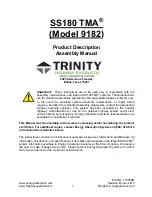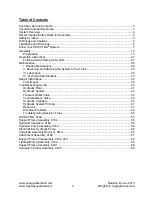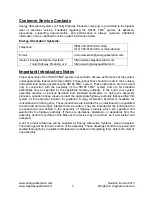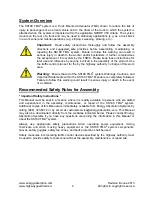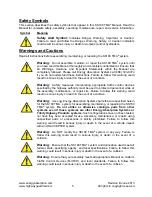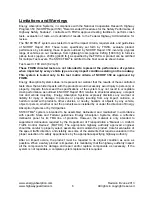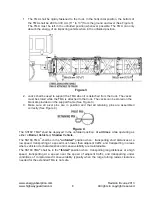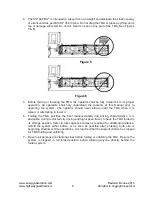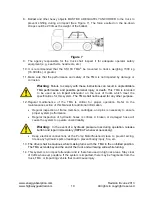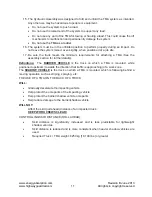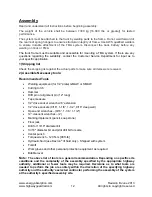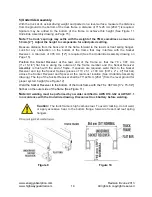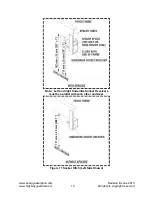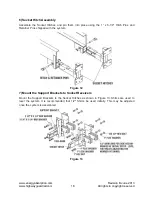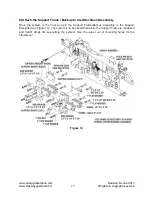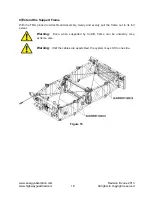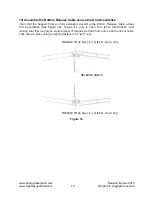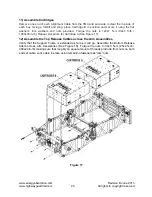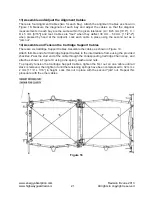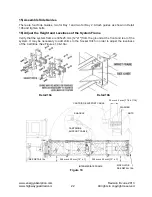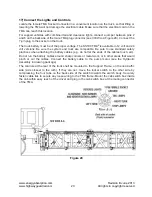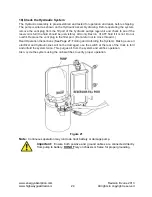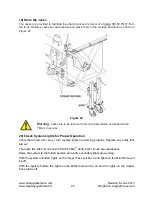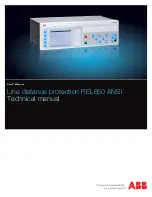
www.energyabsorption.com
Revision B June 2013
www.highwayguardrail.com
11
All rights in copyright reserved
15.
The Hydraulic Assembly was designed to fold and unfold the TMA system as intended.
Any other use may be hazardous to people or equipment.
Do not use the system to push a load.
Do not use the raised end of the system to support any load.
Do not use any part of the TMA for towing or hauling a load. This could cause the lift
mechanism to malfunction and permanently damage the system.
Do not use the TMA as a ladder
.
16.
The system must be in the unfolded position to perform properly during an impact. Do
not leave the system raised, even slightly, when positioned at a job site.
17. Be sure the truck meets the minimum requirements for attaching a TMA (See the
assembly section for further details).
Definitions:
The
BARRIER VEHICLE
is the truck on which a TMA is mounted, while
positioned upstream (towards the direction that traffic is approaching) of a work zone.
The
SHADOW VEHICLE
is the truck on which a TMA is mounted, which is following behind a
moving operation such as striping, spraying, etc.
THE USE OF A TMA ON THE BACK OF A TRUCK
WILL:
Gradually decelerate the impacting vehicle
Help protect the occupants of the impacting vehicle
Help protect the barrier/shadow vehicle occupants
Help reduce damage to the barrier/shadow vehicle
WILL NOT:
Affect the skid (roll ahead) distance of an impacted truck.
KEEP WORK CREWS CLEAR!
CONTROLLING SKID DISTANCE (ROLL AHEAD):
Skid distance is significantly increased and is less predictable for lightweight
shadow vehicles.
Skid distance is reduced and is more consistent when heavier shadow vehicles are
used.
Required Truck + TMA weight: 8250 kg [18,190 lbs.] or greater


